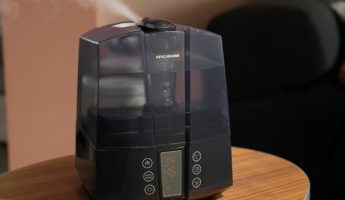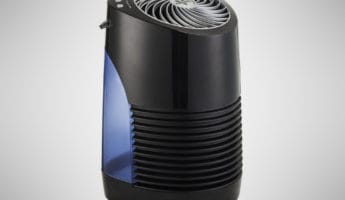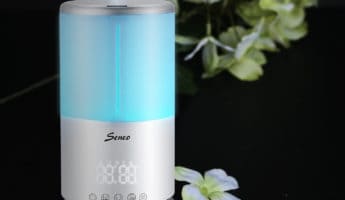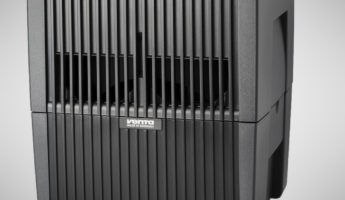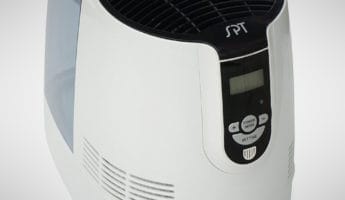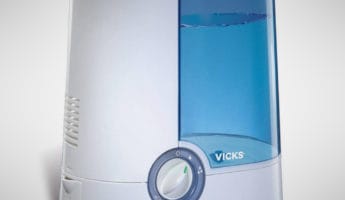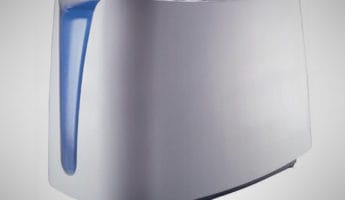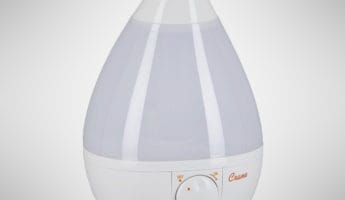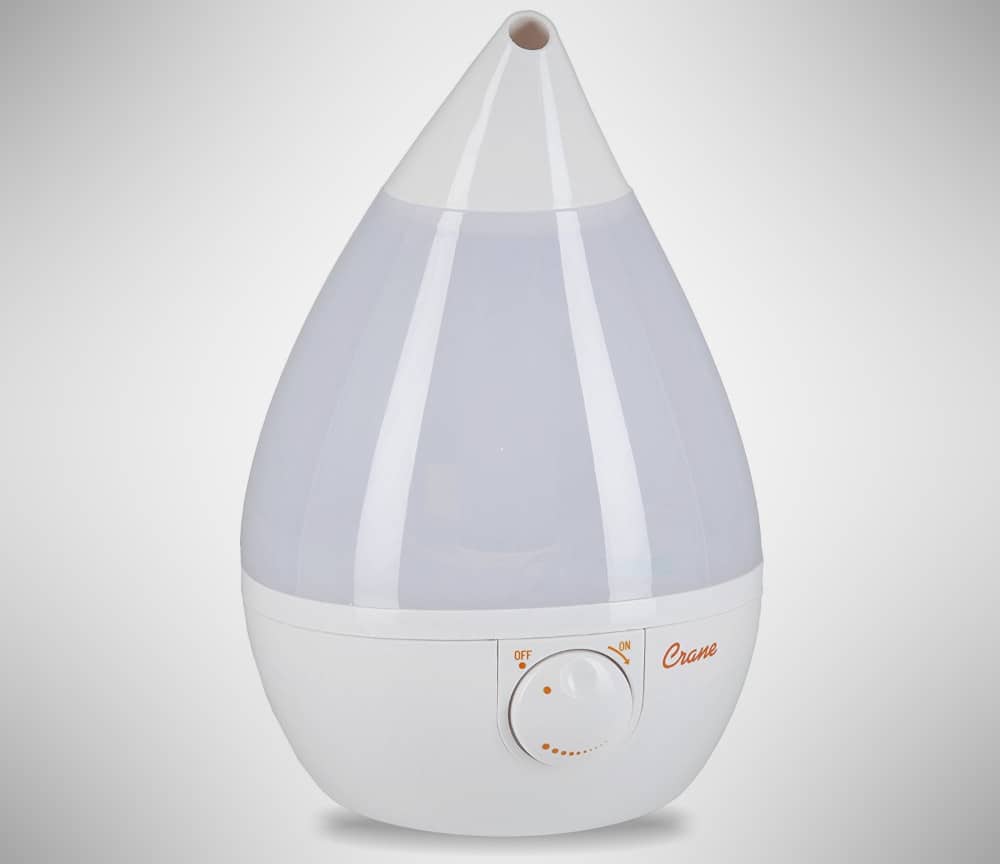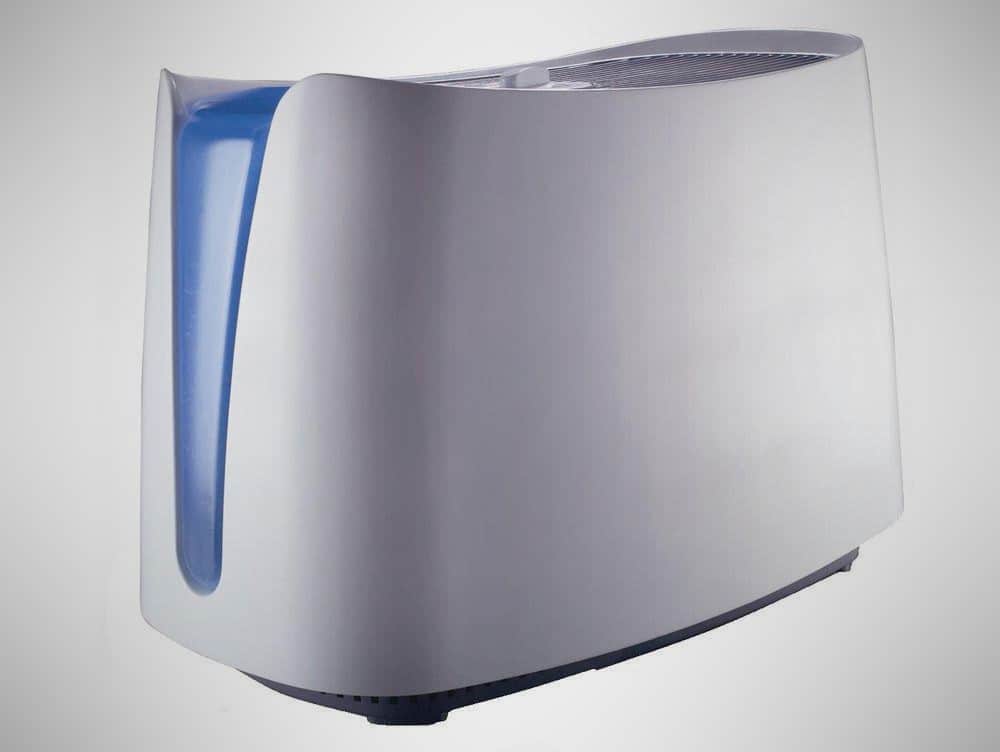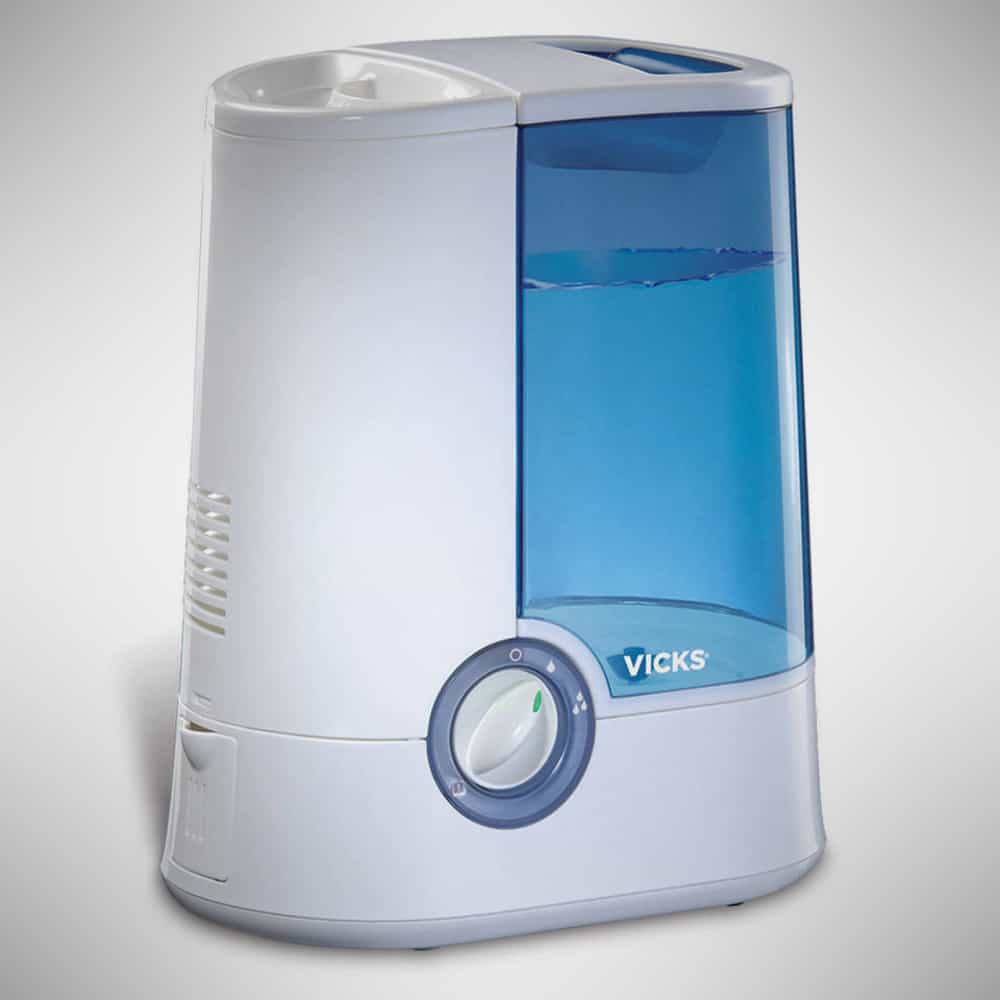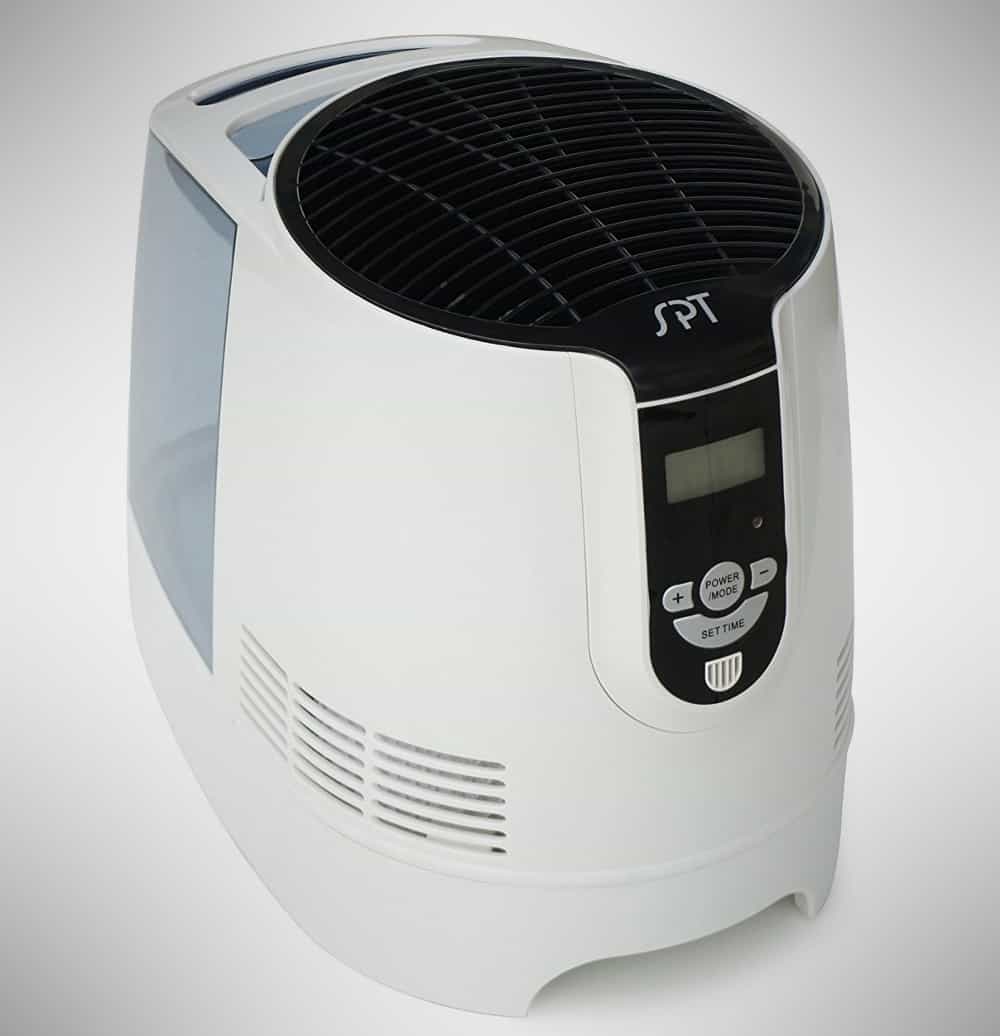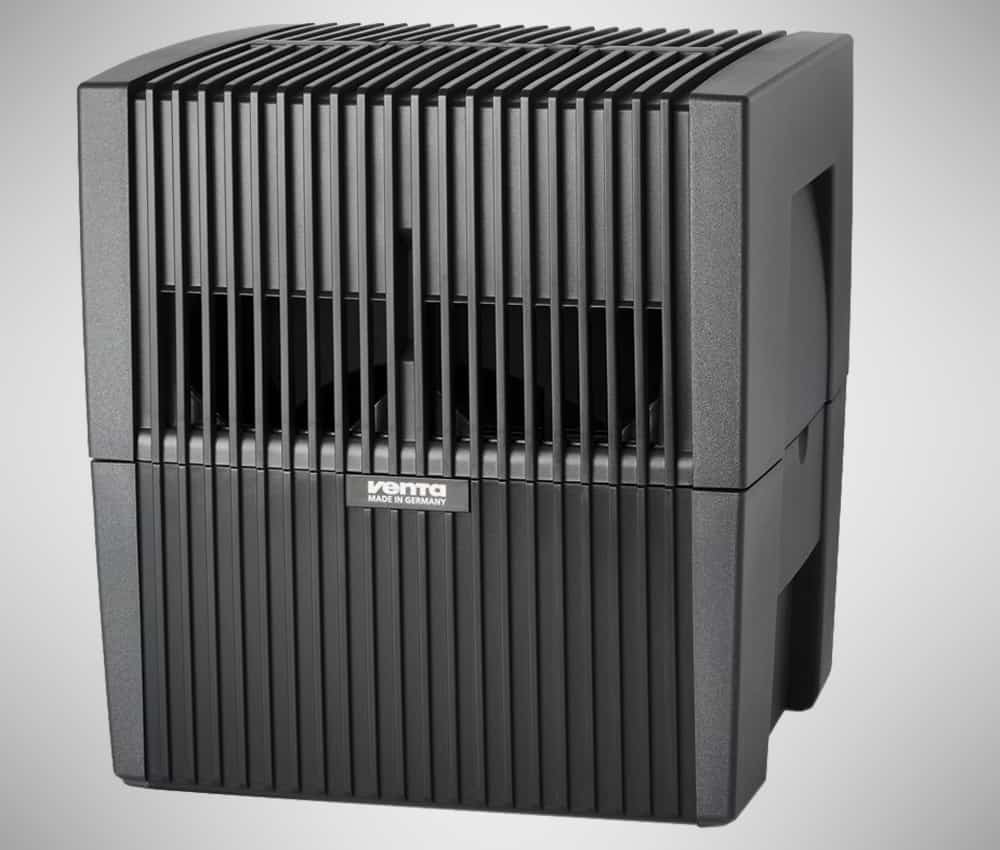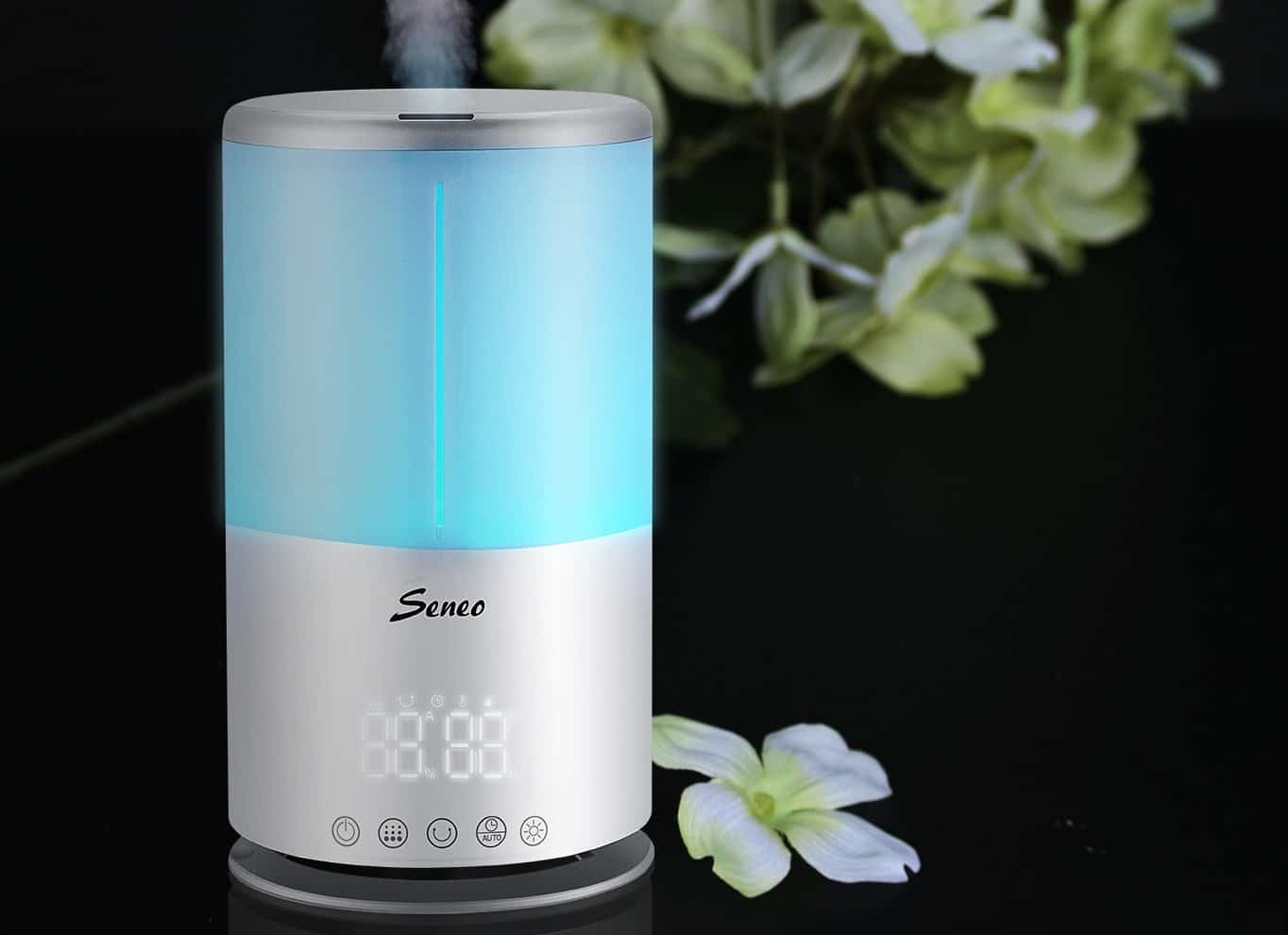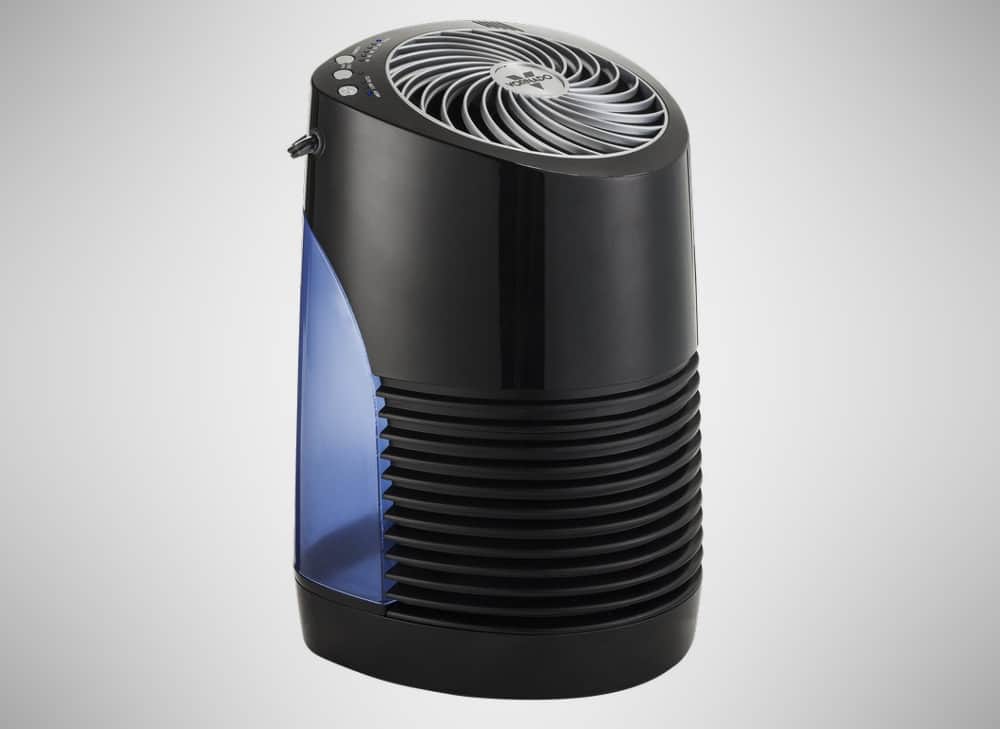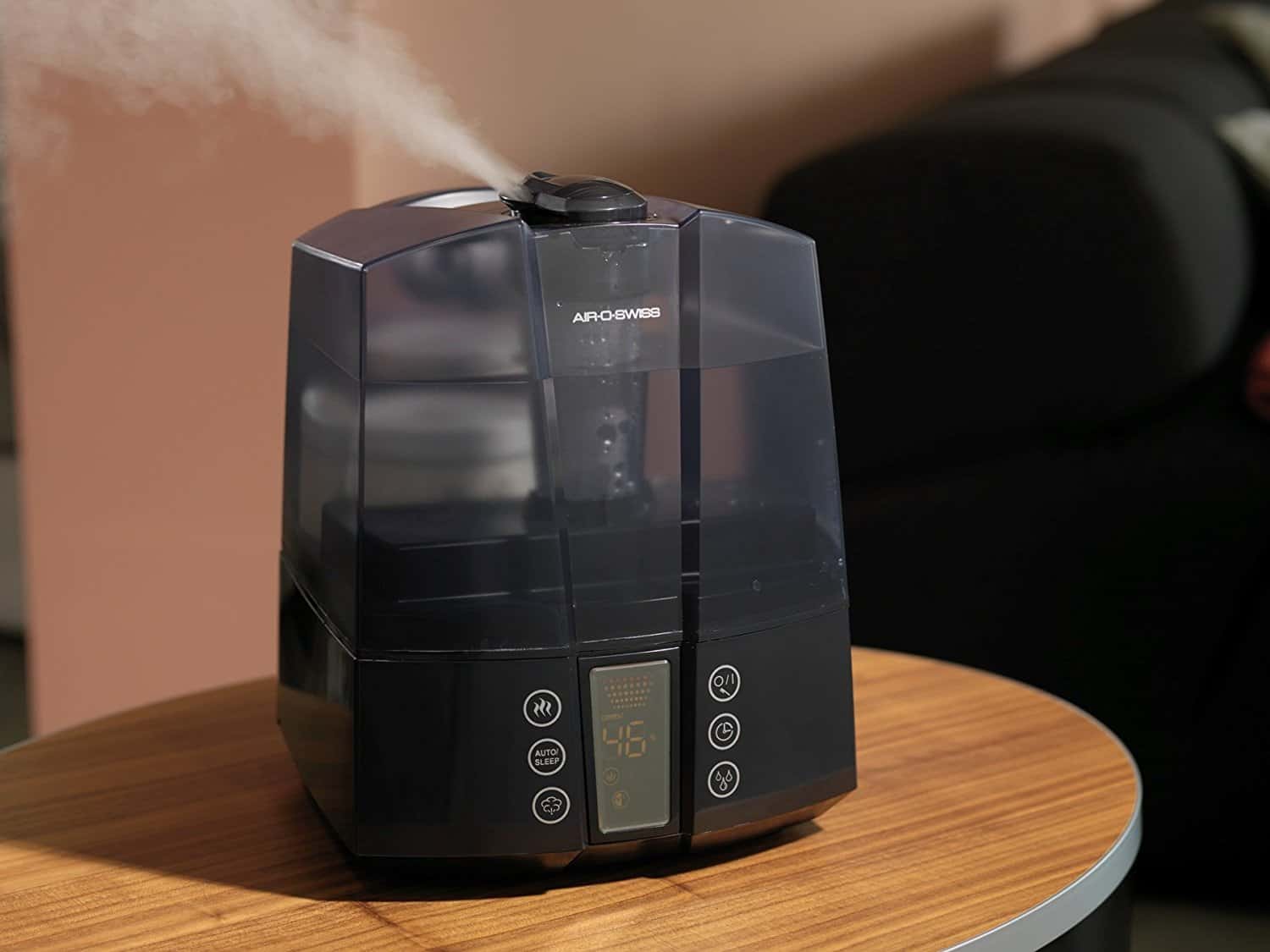Dry air doesn’t seem like much of an issue, until you realize that it leads to chapped skin, increased allergens, breathing difficulty, nose bleeds, and a whole host of resultant medical issues. The cure for this is to get a humidifier to help keep the air in your home moist, but that too comes with its own set of difficulties. Mold, bacterial growth, and infections can come from a house that is too wet. Finding a balance is partly about getting the right humidifier, and learning to use it wisely.
Ideally, the inside of your house should sit between 25 and 50 percent humidity. If you’re ill or have excessive mucus from allergies, going a little higher – say 65 percent – can be helpful for loosening clogged sinuses. Any humidifier, or even a boiling pot on the stove, can provide humidification that will reach these levels. That isn’t what makes a humidifier good. What you want to find is one that is easy to clean, easy to fill, and doesn’t promote harmful bacteriological pooling. You also need one in the proper size, with the proper filtration to keep your air clean, as well as damp. One of the 7 best humidifiers will do the trick.
Warm vs. Cool Mist
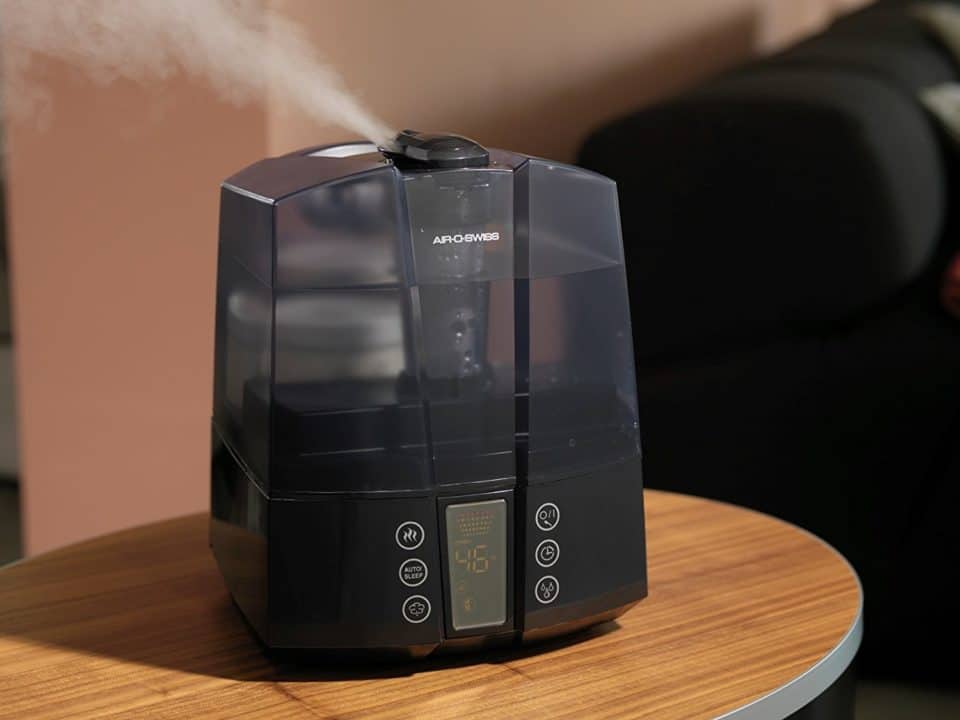
As you look at humidifiers, it will quickly become clear that one of the biggest designations is those that provide warm and those that provide cool mist. The difference in their ability to humidify a room is nonexistent, so whichever way you go you’ll get greater wetness in the atmosphere.
Problems with Warm Mist: Where there is a difference in warm vs cool mist humidifiers is in the risk to your home and yourself that comes with warm mist. These use a heating element to evaporate the water, rather than simply pumping it out the way cool mist models do. These elements require more power to operate, which can raise energy costs more than their cooler brethren. They also bear the risk of burning skin when being touched, or potentially falling over and starting a fire. Further, they are harder to clean since the heater builds up deposits of minerals far more quickly. They can also melt or damage the units if the water runs out, further increasing the risk of fire.
Since they are overall inferior products with inherent hazards, which do not humidify any more efficiently or effectively than their cool counterparts, we included almost no warm mist humidifiers in this list.
For more information, it will also help to know the difference in ultrasonic vs. evaporative humidifiers.
Crane Droplet
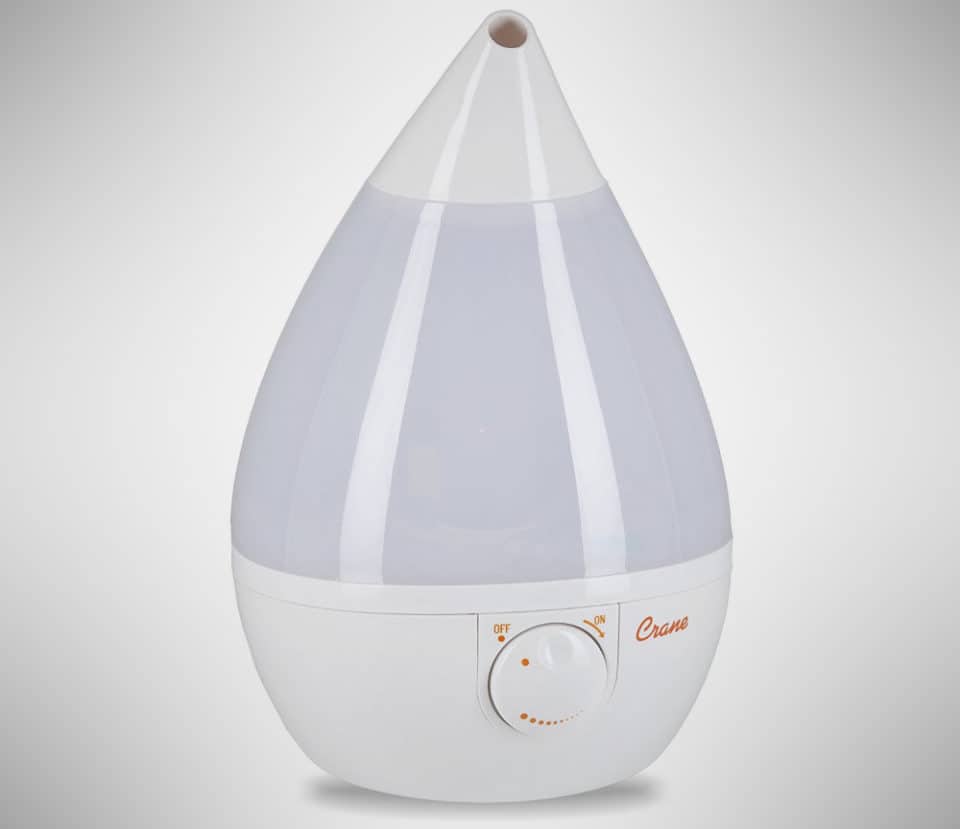
Nearly silent with a small body that can be quickly removed and refilled, the Cool Mist Drop was particularly good at adding humidity to children’s rooms and nurseries, where silence can mean the difference between and restful and screaming baby. Straightforward throughout, the one issue you’ll find is the difficulty with cleaning the swooping, conical shape. Purchase: $29
Vicks Warm Mist
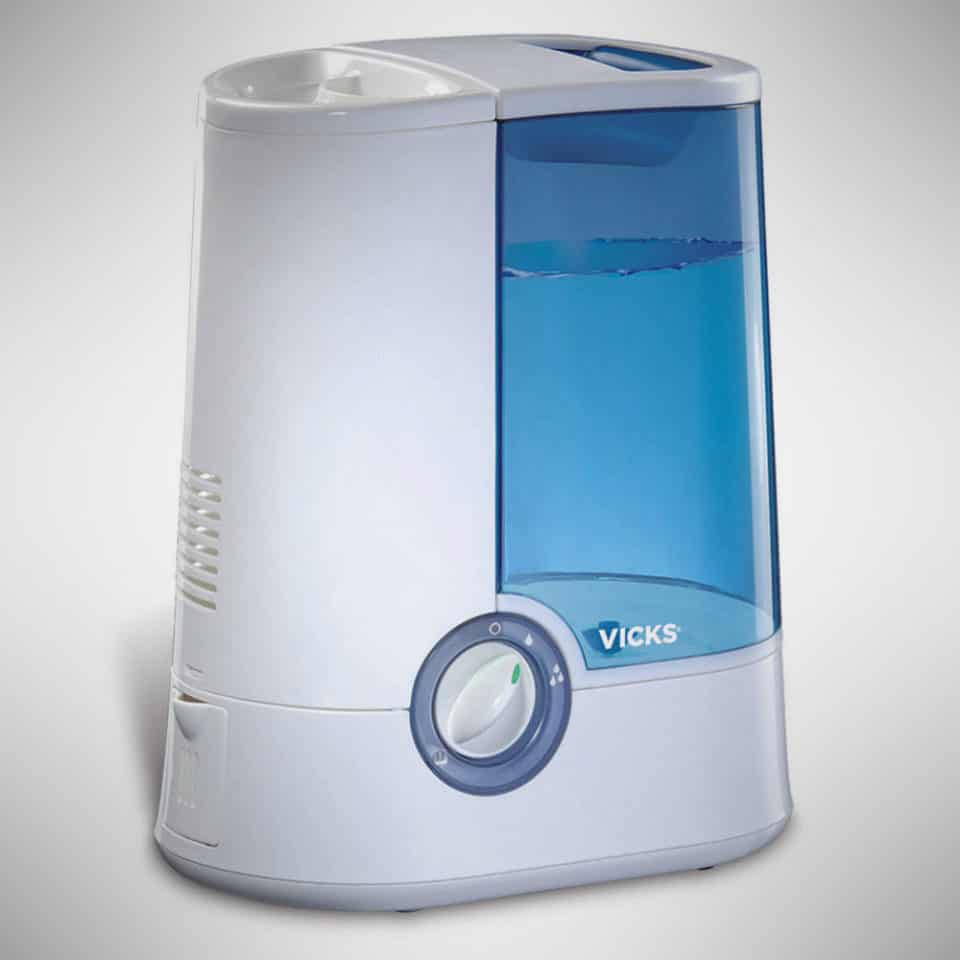
Though the body is built cheaply, Vicks has managed to greatly reduce the risks of warm mist humidifiers with this option. It doesn’t produce hot steam like many warm mist options, so the chance of burning you, your child, or your pet on the vapor is greatly reduced. It features an automatic shut-off when the water is depleted, and the heating features are kept contained, keeping the unit from burning your home down around you should it be knocked over. It’s as good, safe, and effective as a warm mist choice can be, which is still inferior to cool mist choices. Purchase: $32
Honeywell HCM-350

An evaporative humidifier that won’t blow you away with its ability to raise the ambient moisture in a room, what the HCM-350 does better than any other model out there is provide easy filling and extremely easy cleaning. Many parts can be put right through your dishwasher, which is a blessing when compared to other models that have harmful electronics that necessitate exhaustive cleaning by hand to avoid shorting out and destroying the unit. It also self-regulates, preventing the air from ever reaching a point of oversaturation, so long as it’s used properly. Purchase: $59
Seneo 3.0L Ultrasonic

A lighted body provides a nice nightlight that you can set to whatever mellow color tickles your fancy, and helps you see exactly where the water level is at any given time. Using a handy rotating base, the Ultrasonic moves through 45-degrees worth of motion to distribute moisture evenly across the room as a built-in humidistat keeps the wetness right where you want it without much fluctuation. Though not the kindest when it comes to cleaning due to a difficult base, it’s got a nice array of features, should that lure you in. Purchase: $65
Sunpentown SU-9210

Information can be crucial to anyone who wants more precision in their humidifier. Built into the SU-9210 is a fairly accurate humidistat that will let you know how humid the room is, so that you can adjust accordingly. It also has a timer that lets you decide how long it should run, which can be helpful for the forgetful and the precise. It’s also adept at maintaining an accurate level of humidity without much fluctuation no matter how long it’s run, making it a good set-and-forget choice. Purchase: $66
Vornado Evap2
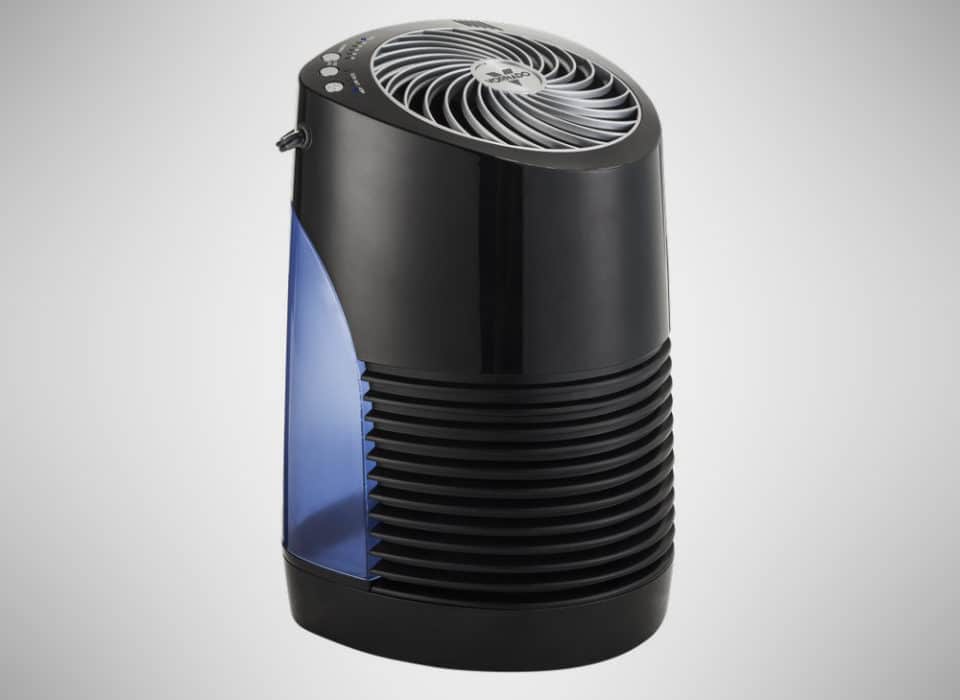
Loud as a drunken sailor on shore leave, the Evap2 is nonetheless quite effective at quickly raising the humidity in a room, even if that room borders on 600 square feet. It also has a tiny build and attractive black and blue design that looks fairly good wherever you put it. Cleaning is fairly remedial and maintenance doesn’t take any special know-how. You’ll just need to acclimate to the racket. Purchase: $87
Venta Airwasher LW25
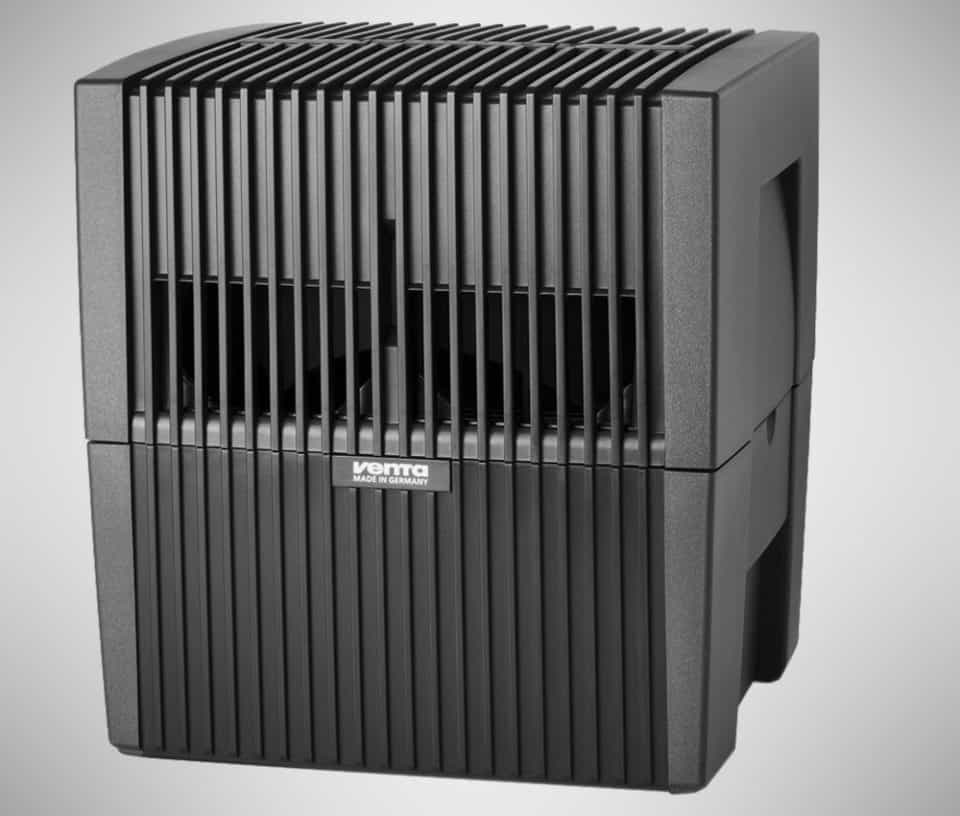
Higher in cost but lower in maintenance, the Airwasher uses less power than smaller models while also providing outstanding filtration that both keeps your air cleaner and reduces how often you need to clean the unit itself. While you should be cleaning your humidifier twice a week, at least, the Airwasher can go for almost two weeks before it needs to be scrubbed down, so long as you use the company’s proprietary mixture. The large, open build makes access and working on the machine far easier than more limited choices, though the footprint is larger. Though it consumes less water, it’s more efficient at raising and maintaining humidity levels than units that technically put more water into the air. Purchase: $300
